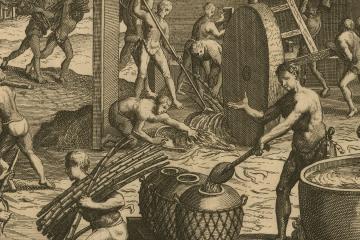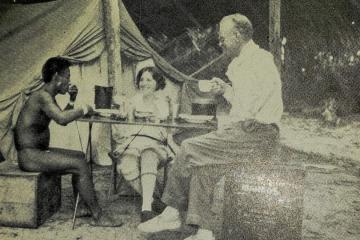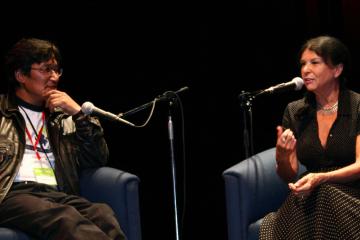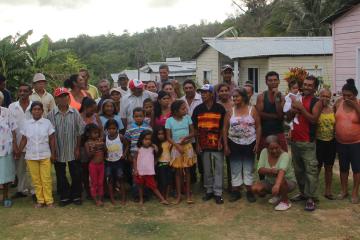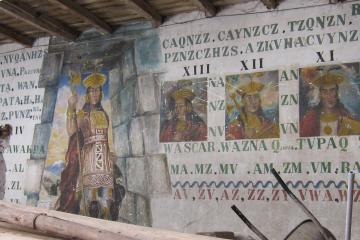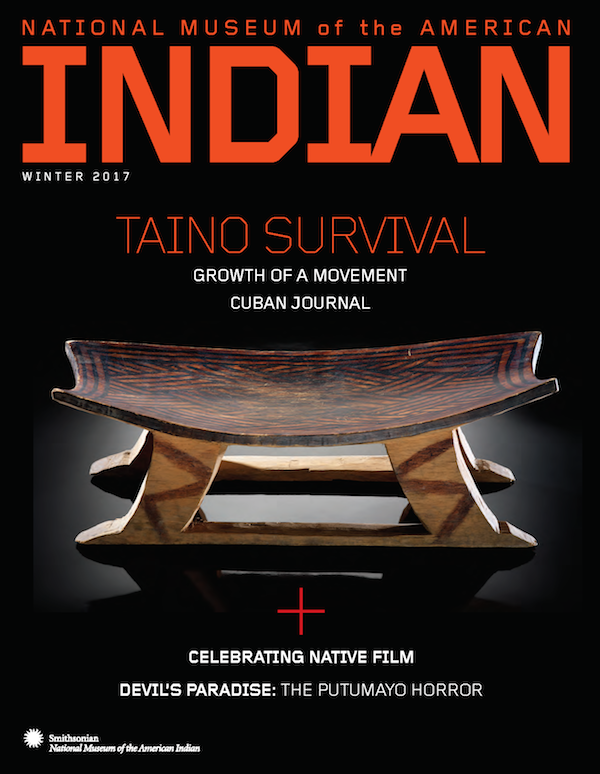
On the Cover
This bench from Rio Uaupes at the headwaters of the Amazon was collected in the early 1920s by Dr. Herbert S. Dickey (1876–1948), a full-time explorer and ethnologist funded by George Gustav Heye and the Museum of the American Indian (predecessor to the NMAI). Earlier in his medical career, Dickey reported on the corporate atrocities of the Putumayo rubber boom, putting his life in greater danger than he ever felt from unknown territories or tribes. See page 30 for his hair-raising story. Adverse corporate impact on the Indigenous peoples of Amazonia, and elsewhere, is still not a thing of the past.
Tukanoan culture group, Rio Uaupes, Amazonias, Brazil. Wood. Paint. 21.7" x 9.5" x 7.9". 16/360

